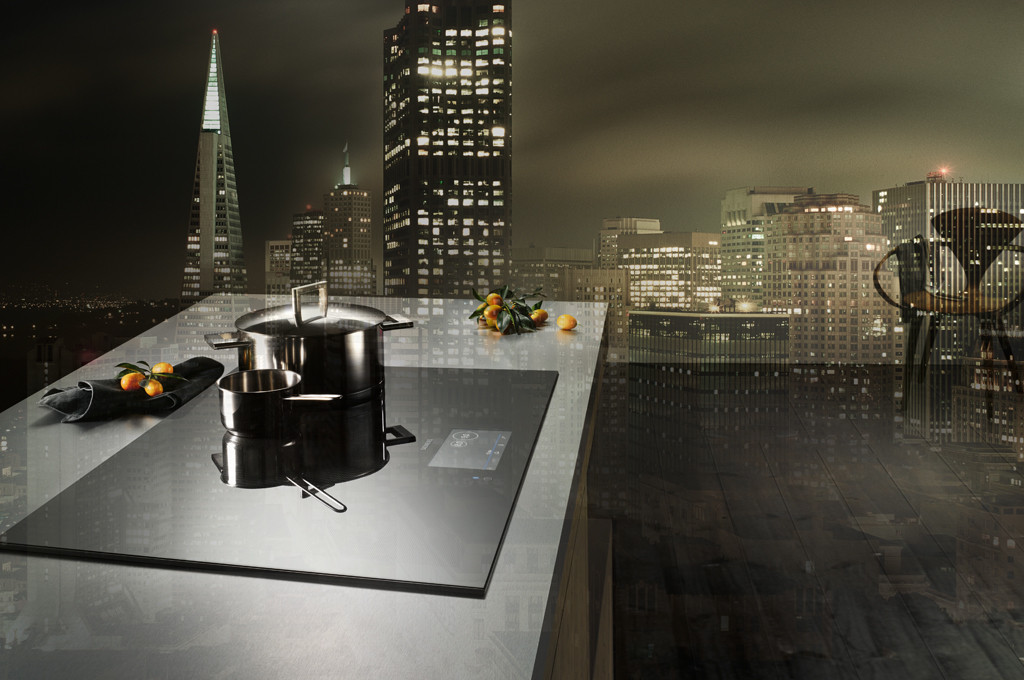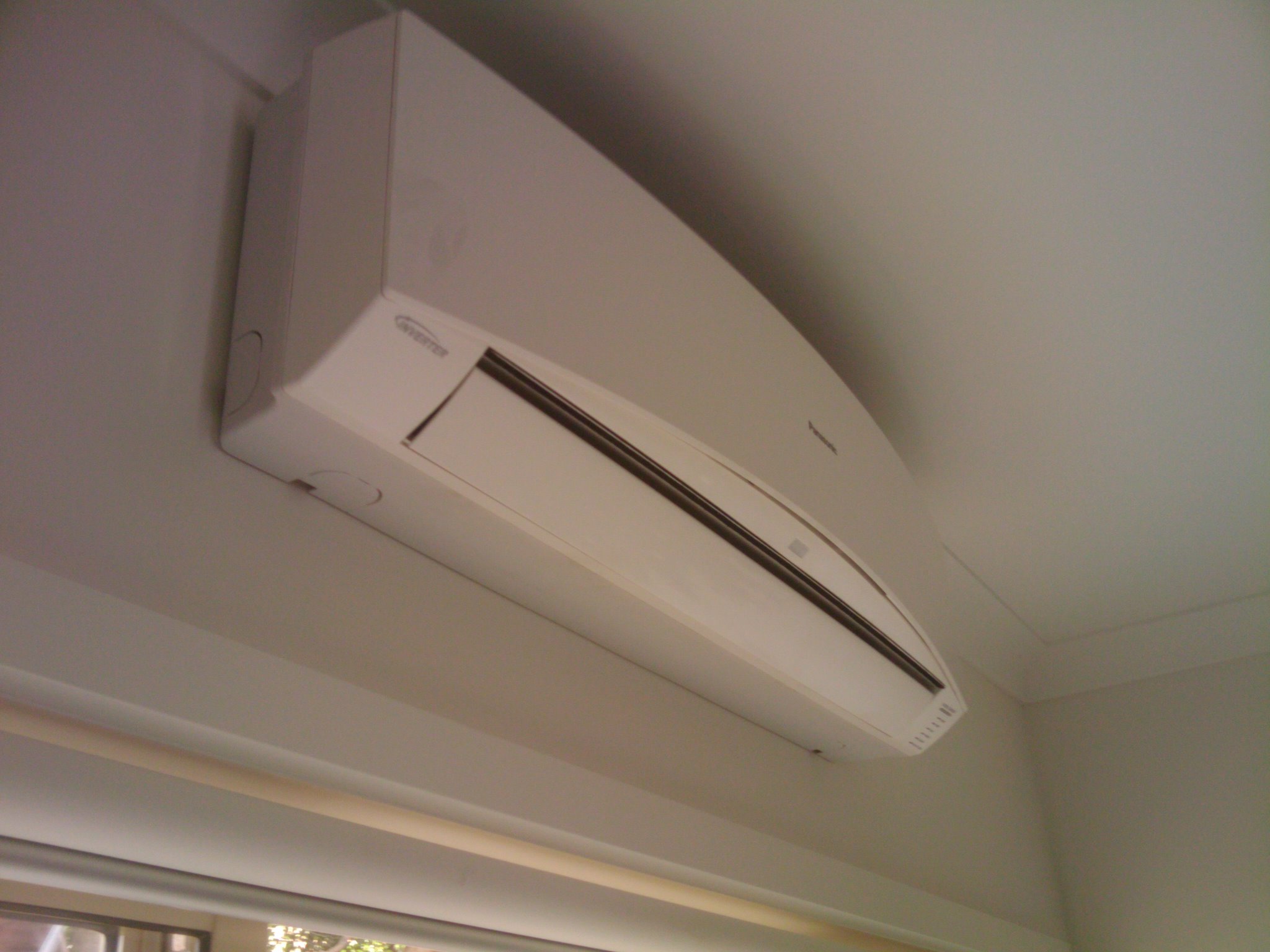Today I thought I’d combine my insane interest to make everything in our house/life as efficient as possible with some helpful tips on what to do when your house breaks.
Now, I don’t mean your literal house (as in a crack in the bricks or plaster) but the various add on parts that most people have in their houses. Your hot water system, your heating/cooling system, your ovens, cooktops etc. Obviously I can’t cover EVERYTHING but below are some of the most common things. These aren’t things that we buy often and as such most people have nooooo idea what to do when they break or which one they should buy as a replacement. Most of the time people mistakenly assume that development in these devices is basically “the same” as what it was the last time they purchased one (more than likely 10-20 years ago) and so just go with what they know. The other main guiding principle most use is what they use with most other things when they make a purchase, their emotions, and we all know how bad THEY are at making good decisions!
Now most of these items are very big, very expensive and I wouldn’t recommend buying them just “because”. Sure a gas water heater might not be the most efficient thing out there but you probably won’t save much by replacing a perfectly working one with something more efficient. But when one of them fails and fixing it will cost as much or more than the price of a new one, well THEN it’s all good to upgrade to something with a little more efficiency in it! The other thing you’ll notice below is that all the technologies I’m recommending are electric based, there’s two main reasons for this. One, it’s just better for the environment (yes, even though we make electricity by burning coal here in Australia). It’s better for the environment because the electrical equivalent systems are SO much more efficient than their older fossil fuel counterparts that the overall produced emissions are less. The other benefit of running everything on electricity is that as our grid gets greener, so will your house and if that isn’t being done quick enough for you, throw 5kW of solar panels on your roof and you’ll more than likely be producing more green energy than you consume.
Second, it will end up being cheaper for you. This is because without any gas appliances, you don’t have to pay the daily gas bill surcharge which cuts hundreds of dollars straight off your bills every year (it’d save us around $240 every year). Also although most people don’t know it yet, gas prices are set to sky rocket in price very soon once your local energy company renegotiates their gas price contracts with their suppliers. According to Renew Economy:
More than A$63 billion has been invested in the gas export industry on Australia’s east coast, with the first tanker leaving Queensland’s shores earlier this month (Jan 2015). With high international prices for gas, the boom in liquefied natural gas (LNG) will create jobs, boost economic growth, and raise significant tax revenue.
But it will also drive household gas bills upwards. For the first time, the amount we pay for gas will be linked to the price that gas exporters can obtain from other countries. Countries such as Japan are prepared to pay significantly more for gas than we currently do, so we will pay more as a result.
How much more? Well, that’s unknown as it depends on many things but as an example, wholesale prices in QLD are to jump by more than 28% in the coming year and the rest of Australia won’t be too far behind with some predicting that it might triple in costs. If you have the choice, it’s best to start migrating away from gas now!
Table of Contents
Hot Water
Most people I know have or get gas hot water systems installed for their homes. Some might get instant gas hot water systems but the majority are gas based. I’m not sure if this trend is the same throughout Australia, but it’s irrelevant. Although they’ve been around for a while, as stated above, most people tend to ignore Hot Water Heat Pump systems and go with “what they know” instead. Big mistake! Suggesting an “electric” hot water system to most people their minds instantly jump to super expensive and inefficient, the Heat Pump systems are anything but.
Electric heat pump hot water systems uses less than 20% of the energy that a gas hot water service does for the same amount of heating. A typical heat pump system will have a COP (Coefficient Of Performance) of 4.5 (eg. this Sanden one). COP is just a measure of how much heat is generated per 1kWh of electricity used. So 4.5 means it produces 4.5kWh of heat per 1kWh of power. A “five star” Rheem Stellar gas hot water system in comparison has a COP of 0.89. Yes, when you put in 1kWh of power (from gas) you don’t even get 1kWh of heat out! Lame.
So, the next time your hot water system blows up, begin your search by restricting your purchase to one of the many great Heat Pump Systems. Depending on where you live and what system “blew up”, you’ll also get Small-scale Technology Credits (STC’s) for making the switch to the more energy efficient appliance. You can read about this program here. I’d also recommend the Sanden models as they are very efficient and have excellent long term warranties for peace of mind. They come in 160L, 250L and 315L models depending on how big your house is but make sure you choose wisely, your emotions may WANT the biggest one, but sit down and do a bit of research first. If you can provide hot showers and no problems 99% of the time with the 160L one, chose that one. It makes no sense to heat an extra 90L of water year round just for that 1% of times when you can instead just suck it up princess and wait.
Heating / Cooling
Just as many have gas hot water systems in Australia, a lot also have gas heater systems. Reverse cycle air conditioners are more common for cooling (although evaporative cooling ones are common too). Also the common assumption of having an “electric” heating system as being inefficient and really expensive is again dead wrong. Similar to the above example for heating water, heating air is virtually the same with gas heaters coming in at a pathetic 0.85 COP while a reverse cycle AC unit will pump heat out at around 3.6 COP. This again has the electrical appliance producing the same amount of heat for 24% of the same equivalent power.
Now do note that this is for reverse cycle systems like the one in the main picture above. The OTHER type of radiating electric heaters (you know, the ones that are $20 at Big W for a 5,000kW heater) are just plain horrible. An example is something like this one from Target, which although super cheap at $39.99 will cost you a metric shit tonne in power considering it uses “1500 Watts” per hour. Worse, this massive use of power will only (possibly) heat up a small bedroom or your nearby feet after a few hours. Compare that with the above reverse cycle systems which will heat up a giant living/kitchen/dining area using 900 Watts per hour.
The one down side for using reverse cycle or “split systems” for heating is that they’re more often than not just stand alone units, so you have to buy multiple ones if your house is big. Seems like a good reason not to buy a big house to me but on the up side, at least it allows you to only heat the rooms you need instead of gas ducted ones that just heat up everything regardless. That said, a 7kW reverse cycle system will set you back around $2,000 which should do your main home area. A smaller 2.6kW one is closer to $600 and should do one to two rooms (eg bedroom and en suit). So assuming your standard 3 bedroom house, that’s at most, $2,000 + $600 + $600 + $600 = $3,800 (maybe less for the bulk discount). This is about the same as what a gas ducted heating system would cost you… thing is, gas only heats whereas reverse cycle heats AND cools.
So once again we have the new, electric appliance winning out over the outdated fossil fuel burning one despite common “beliefs”. Gas might be “cleaner” than coal generated electricity, but when you’re burning four times as much as what you need there’s no contest. Sign up for 100% GreenPower or install Solar Panels and you’re laughing even more so.
Cooktops
The other main thing that people use gas for in Australia is cooking with their cooktops. Oddly, this is the one that seems to strike the biggest “emotional” cord for most people. They’ll make statements like “it takes longer to heat up” (weird considering over 75% of gas heat doesn’t even go INTO the pot!) or “I don’t like that it doesn’t have a flame” (because you know, lighting fires in your house is always a brilliant idea, even more so with kids!) or “I just prefer using gas” (even though they have never even tried anything else). They’re all emotional responses with no regard what so ever for actual facts. If you’ve gone to a friends place who has an induction cooktop, used it to cook your normal pasta meal or whatever and it ended up burning 3 times in a row then I could possibly understand your resistance. But what makes the resistance so strange is that virtually none of the people that say things like the above have even used or in some cases seen induction cooktops in action. It’s like going “oh I don’t really like that movie” without even seeing the trailer, knowing the title, loose plot or even genre! People would look at you weird but with cooktops it’s generally considered OK for some bizarre reason!
With cooktops there’s three options, gas, electric and electric induction. As with the electric radiating heaters, plain old “electric” cooktops are woeful at best. These are the ones that just heat up an element and you shove the pot on top of it. Very slow, not much control and very dangerous, especially after you’ve finished cooking. Gas most people are aware of. Induction on the other hand seems like voodoo magic to some as it works by transferring the heat via electromagnetic waves and induction. Simply put, it sends electricity through a coil in the cooktop, this generates a very powerful electromagnetic field. The pan/pot gets put on top of the cooktop and has another coil inside it. Because this second coil is inside the electromagnetic field, electricity is generated in the pot coil, which heats up the pot. This is, once again, much more efficient than gas cooking. Gas cooking has a COP of 0.4 while induction has a COP of 0.85 meaning it is more than twice as efficient.
To be blunt though, even if they were the same efficiency I’d still be buying induction over gas as it’s just better in numerous ways. For starters, gas cooktops have poky bits and nobs and all sorts of crap poking out every which way looking ugly. This is the Siemens Induction cooktop for comparison: Flat and beautiful.

But looking better is just the start for these puppies. Because the heat is transferred via electromagnetic waves, the surface of the cooktop is never hot making it far safer for you and everyone else in the house. This also makes cleaning easier as any spills don’t get “baked on” by the nearby flames, it’s the same as wiping spills off a bench top. If you’re REALLY lazy, you can even lay down paper towels OVER the induction cooktop, cook with the pot on the paper towels and then just throw the paper towels out afterwards! Need more reasons to go induction over gas? How about the fact that it will heat up a pan roughly 60% faster than gas. You can also set timers on the cooktop just like a microwave so that after 5 minutes it’ll automatically turn off. More? Induction is also said to be more responsive than gas, so if you want the heat to be reduced or increased quickly, induction is better.
The one minor annoyance with Induction cooktops is that to begin with you will likely have to buy new pots as they must have a good, thick ferras coil in them. Normal pots with no coil just won’t work. Try not to cheap out on your choice too as the cheaper models don’t work as well and you’ll end up with things taking longer to cook. Another thing to note, have a look at your switch board to make sure you house will be able to handle the additional power load and that it has a free fuse. The cooktop will need to run on its own fuse and (for the very short time while it’s on) will take up a fair bit of power, so you have to know that your circuit board will be able to handle it BEFORE buying the cooktop. Otherwise you can be stuck with a massive bill to upgrade your house power line and/or switch board… or a useless new cooktop.
A special note to anyone that has gas in their house JUST to do cooking with. If this is you, buy an induction cooktop immediately. You will likely be paying close to $300 a year in gas bills ($250 or so of it just for “connection”) whereas if you install an induction cooktop you’ll not only get all the benefits above, it’ll only cost your around $40 in extra electricity to run it. No brainer!
Overall Plan
As you can see, your general strategy should be to progressively move from using old, inefficient and fossil fuel powered appliances to the newer, energy efficient and electrically powered counterparts. Eventually, your house will be weaned off gas and you’ll be able to stop paying for it entirely all whilst replacing your broken appliances with appropriately priced and excellent quality ones. It’s normally cheaper to buy the no names brand rice at the supermarket, it’s rice… there’s not really much involved in you know? So it doesn’t make any sense to pay three times the price for “SunRise” rice. Something as central as an induction cooktop is well worth the investment though. You don’t have to buy the TOP brand (normally they’re the worst value) but do make sure you search for value. As high a quality you can justify. And remember quality doesn’t mean high price. A quality oven that cooks perfectly for you for 30 years is always going to cost less than the “builders special” that you have to go and buy four of because they keep breaking. It’s also much less hassle and may even up the perceived price of you house given so many place such a high focus on the kitchen.
The overall move away from gas will also help the planet and protect you from the increasingly volatile gas price. So the next time your friend complains of how much their bills are in the winter months you can chuckle inside and point him to this post.
The benefits include: 1) How to pay off your mortgage faster than 99% of people with one hour a month of work 2) How to get rid of your debt and have the freedom to spend money on the things you love, guilt free 3) Clear outline of how to setup your expenses, mortgage and general finance 4) How offset accounts work and how to get the same result without being gouged by the big banks 5) How to cut through the crap and focus on the things that truly matter when taking down a mortgage 6) How to adjust the strategy so it works for you, even if you have kids, even if you only have one income 7) How to do all of these things and maintain a normal social life (and never be cheap).


